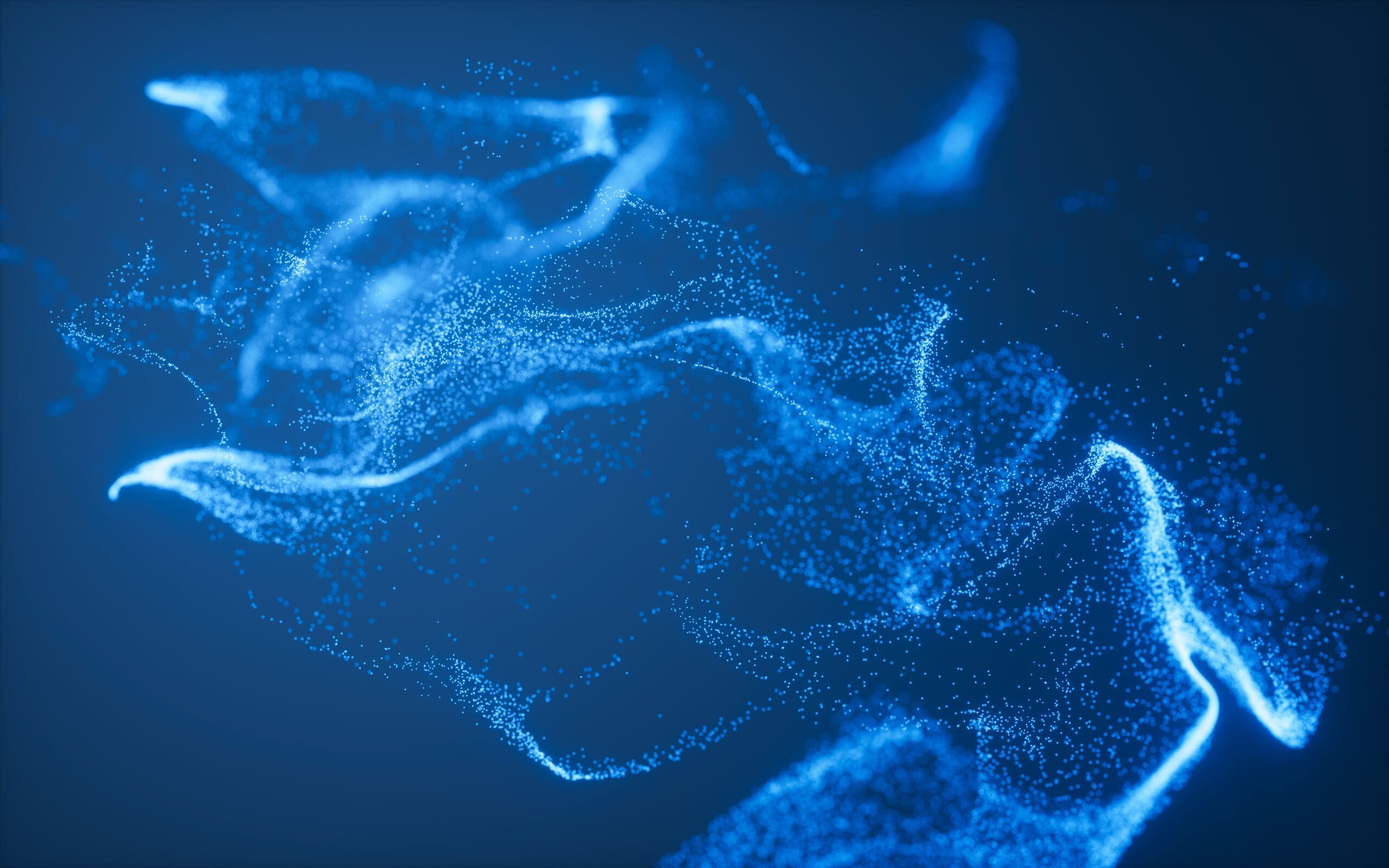November 24, 2023

A Near Drowning accident left this 2 year old girl in critical condition. A 2-year-old girl experienced cardiac arrest after cold water drowning. Magnetic resonance imaging (MRI) showed deep gray matter injury on day 4 and cerebral atrophy with gray and white matter loss on day 32. Patient had no speech, gait, or responsiveness to commands on day 48 at hospital discharge.
After being intensively treated in the hospital, she was finally discharged 35 days following the accident, but still unresponsive to all stimuli. Fortunately, she was able to have access to hyperbaric oxygen therapy and began a series of 40 sessions over 38 days (a total of 78 days following the near drowning). Her recovery was immediate, and the MRI that was previously taken before being discharged from the hospital was nearly completely reversed following the short course of hyperbaric therapy. Most notably for hyperbaric physicians was the dosage of oxygen that was used to achieve these remarkable results. Each session consisted of 45 minutes at 1.3 ATA (mild hyperbaric therapy — mHBOT). Not only was the pressure a lower pressure protocol, but there was no other breathing apparatus used in the treatment, just regular air breathing. This case report is consistent with many others who have had ‘miraculous recovery’ following hyperbaric oxygen therapy. However, this particular case is an excellent one to give the hyperbaric community a wake up and clearly demonstrates the power of mild hyperbaric oxygen therapy. The powerful reversal of severe brain damage demonstrates the effectiveness of mHBOT, as seen in this case (New York Post release)
“The brain is very sensitive to even slight changes in oxygen tension and this is one key reason why so many neurological conditions are positively affected by m-HBOT.”
Another key factor for this girl’s quick and nearly complete recovery is that she had quick access to hyperbaric oxygen therapy (within 3 months). Timing is everything and generally speaking, the quicker the access, the better the outcome, particularly if this procedure is applied within the first 2 years following brain trauma. Longer courses of hyperbaric therapy may need to be applied for injuries that have exceeded 2 years, as hyperbaric oxygen therapy is gaining widespread publicity for its neurological regenerative effects and stem cell release. The end result of “new brain tissue” now gives new hope for both recent and long-term brain injury survivors <view study>
Share on:
A free, open discussion group to explore hyperbaric oxygen therapy, compare home chamber brands, access expert info, and get exclusive member discounts.